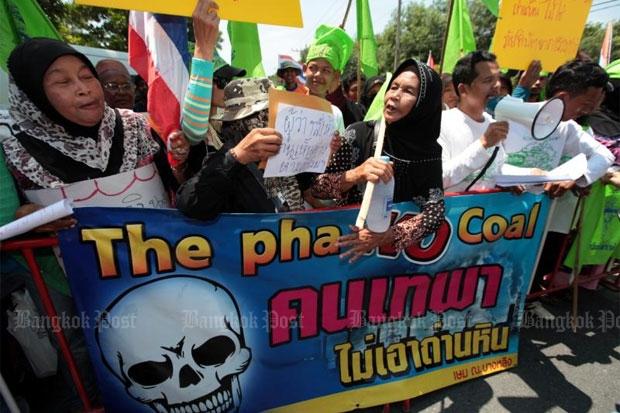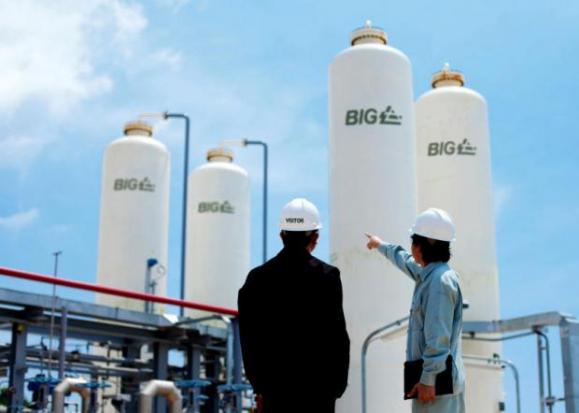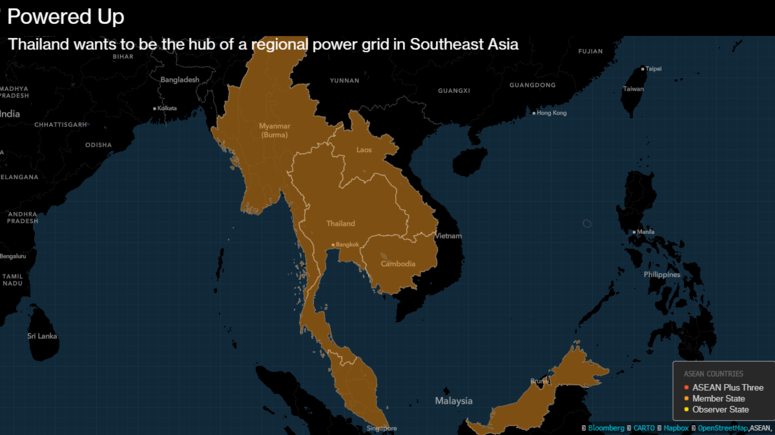
Protesters hold a banner opposing a coal-fired power plant project in Songkhla’s Thepha district. A Greenpeace report suggests 1,150 Thais die prematurely every year due to atmospheric pollution from coal-fired power plants. Chanat Katanyu
At the United Nations Climate Change Conference in Paris this year, Prime Minister Prayut Chan-o-cha reaffirmed the country’s commitment to a 20% to 25% reduction in carbon output compared with a business-as-usual scenario.
The reduction from business as usual, rather than from a more ambitious baseline year, is uninspiring, especially given that the country both leads the G77 and is the 22nd-largest emitter of carbon dioxide globally.
Thailand can do much better than that — both to protect the environment and to save lives — if it says no to coal-fired power plants.
The recent Greenpeace report based on a Harvard University study on emission estimates and health impacts confirms the high human cost of coal to Thailand and points out that solar technology can, and should, replace Thailand’s dependence on coal.
Data from 2011 suggests 1,150 Thais die prematurely every year due to atmospheric pollution from coal-fired power plants.
People die from strokes, heart attacks and lung cancer due to toxic particulate and ozone pollution. Fine particles present a high health risk because they are so small and can penetrate the lungs and blood stream and additional health risks are presented by the constitution of the particles themselves.
For example, they may take the form of sulphur dioxide, nitrous oxide and hydrogen chloride — all of which affect the respiratory system, or probable carcinogens such as dioxins. Meanwhile, heavy metals such as lead and mercury damage the brain and nervous system. At risk are society’s most vulnerable — infants, pregnant women and the elderly.
According to the report, the country’s plans for more coal-fired power stations — namely the Thap Sakae, Thepa, Krabi New, Mae Moh and Prachin Buri power stations — will kill an additional 2,040 Thais, together with 1,750 people in neighbouring countries, making a total of 3,190 Thais and 2,150 from Thailand’s neighbours per year. The majority will die from ischemic heart disease, stroke, various respiratory diseases and lung cancer.
The report points out that one reason so many people will be killed is Thailand’s poor legislative framework for pollution, as well as weak enforcement. Thailand’s emission standards are some of the most lax in the world and allow coal-fired power stations to emit 10 times the amount of particulates, sulphur dioxides and nitrous dioxides officially permitted in China.
Moreover, Thailand has a serious problem with fine particulates — every city in Thailand with monitoring capabilities exceeds the WHO guidelines for both very fine (PM2.5) and larger (PM10) particulates, with Chiang Rai, Saraburi, Phrae, Lampang and Nakhon Ratchasima being particularly dangerous places to live, with particulate emissions exceeding even the national standards.
As the report puts it, “Thai legislation clearly protects polluters rather than the right to clean air. Thus there is a need for clean air legislation to amend or replace the existing legislation, namely the Government Regulation of the Ministry of Resources and Environment Enforcement (2010) on Air Pollution Control of New Coal Power Plants Emission.
The Environmental Health Impact Assessment process is supposed to protect people and the environment in the case of new industrial projects as required by the Regulation and Evaluation of Health Impact Assessment from Public Policy of 2009. But it does not have the confidence of the people due to a lack of impartiality, transparency and follow-up. It has also been co-opted by governments to fast-tract resource exploitation projects.
While emission standards clearly need to be tightened, stronger enforcement is also required. In particular, the sources of pollutants need to be tracked back.
Greenpeace recommends a US-style Clean Air Act together with stronger Environment Impact and Health Impact Assessments under the relevant ministries. There should be regular inspections of pollution-control instruments at all power stations together with stringent monitoring and severe punishments for exceeding emissions standards.
The global scientific consensus on coal is clear: Coal-fired power stations need to be phased out as they are the single biggest emitter of carbon pollution, producing one-third of all global greenhouse gas emissions.
In order to keep the global climate under a 2C threshold of warming, greenhouse gas emissions need to start falling in 2015, which means a reduction in coal use.
“Clean coal” is an illusion, with even the most efficient coal-fired power stations outputting twice the greenhouse gases of a natural gas plant and up to 15 times more than using renewables.
In a business-as-usual situation, the world is headed for an average temperature rise of up to 6C by 2100, with a 4C increase alone being estimated to be incompatible with human civilisation — it would result in Bangkok becoming a swamp.
Thailand does not need a coal-fired future. Waste-fired power stations, biomass reactors and ocean thermal energy are all viable in Thailand. Moreover, with improvements in battery technology, solar energy will not just be grid parity by 2030, when Thailand’s new coal-fired stations are due to kick in, but also storable and capable of providing electricity 24 hours a day.
Thailand’s geography is optimal for solar energy within Southeast Asia. Thailand can choose to encourage solar farming throughout poverty-stricken areas such as the Northeast, develop smaller power plants like its Lopburi Solar Farm for towns and industrial estates, or subsidise larger power plants of 500MW or higher, given countries like India and China will be completing projects with a capacity in multiples of 1,000MW by 2025.
Crucially, the upper end of Thailand’s target, as with many developing countries, is conditional on access to technology development and transfer, capacity building support and financial resources — three conditions which are part of the ongoing negotiations.
As a global leader and aspirant to a UN Security Council seat, Thailand must represent the needs of developing and in-transition countries to obtain the maximum concessions from the West in terms of assistance like key patents.
Thus, Thailand must provide a level of vision in negotiations commensurate with its status to help achieve an agreement which is ambitious and truly global.
Failure will see more Thais killed by pollution, submerge Bangkok and doom Thailand. A sad legacy indeed.
John Draper is project officer, Isan Culture Maintenance and Revitalisation Programme, College of Local Administration, Khon Kaen University. Peerasit Kamnuansilpa Phd, is founder and former dean of the College of Local Administration, Khon Kaen University.
Source: http://www.bangkokpost.com/opinion/opinion/785365/how-coal-fired-plants-will-doom-thailand


